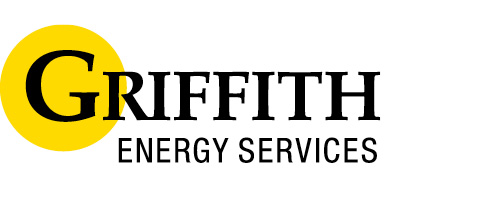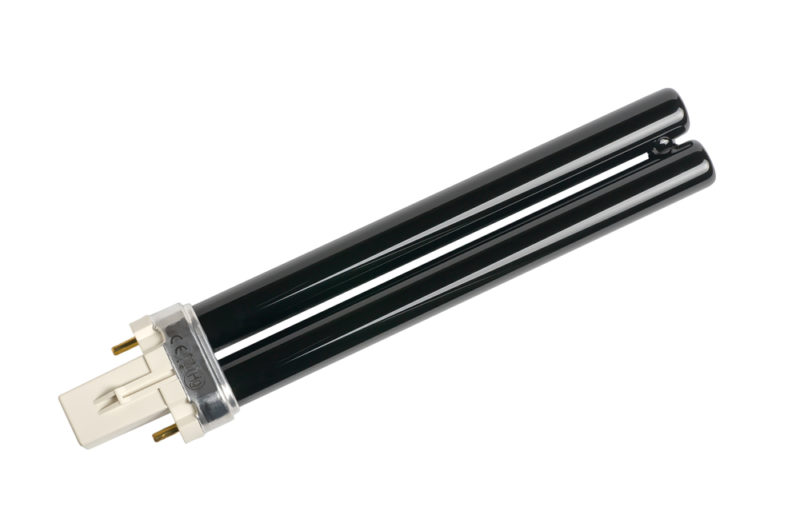Your years of enduring asthma and vulnerability to allergies have taught you that maintaining indoor air quality in Washington, D.C. is about much more than simply keeping your home clean. You’ve learned that the best way to improve indoor air quality is to take it to the heart of your home’s health: your HVAC system. As air passes through your home, the HVAC system can clean air before harmful particles make it throughout the duct network and into the living space.
Filters catch particles, but they’re not infallible. Plus, filters with high MERV ratings limit airflow, which doesn’t help your energy costs. Some homeowners have supplemented their HVAC system with UV lamps. However, hearing “UV” tends to raise eyebrows. Is a UV lamp dangerous? From homes to hospitals, UV lights have improved indoor air quality for decades without endangering residents. Here’s how they work.
What Are UV Lights?
This indoor air quality technology is relatively self-explanatory. Also referred to as germicidal lamps, UV lamps use concentrated ultraviolet light to sterilize air. UV lamps have been used to sterilize hospitals, water supplies, food establishments, and even for quickly curing nail polish. If it works so well in all these places, why not bring those benefits to an HVAC system?
There are two primary types of UV lights. The first type focuses on sterilizing the indoor air handler coil. Technicians install lamps inside the return air duct and they stay on 24/7 to sterilize the air handler coil. The second type of light focuses on air sterilization. Rather than concentrating on the coil, this type of light sterilizes air as it moves through the ducts. It’s installed in the same place, but it turns on and off with the air handler blower.
Are UV Lamps Dangerous?
If UV lamps are used in hospitals and kitchens, they’re certainly safe enough to use in the home. UV lamps, even though they use ultraviolet light, don’t directly affect you. The lamp only affects whatever is directly in its line of sight. However, it is worth noting that UV lamps can impact the actual HVAC system. When you install a UV lamp, you need to stabilize plastics and make them resistant to ultraviolet light, or the lamp can destroy those plastics.
Over time, since materials sit directly in the line of sight of the ultraviolet light, lamps may also eat away at the drain pan or flex duct of the system.
Why Install a UV Lamp?
If there’s even a chance that UV lamps can damage your system, why would you want one? UV lamps are especially effective in homes where residents are particularly susceptible to allergens and other hazardous particles. Lamps will kill allergens and germs before they can move throughout the home. They also prevent mold and mildew growth in the air handler coil. This is especially beneficial in the Mid-Atlantic region, where humidity levels stimulate mildew growth and spores then spread throughout the home.
UV lamp benefits don’t end with indoor air quality, even if that is their primary purpose. Since lamps prevent buildup of particles both in the system and in the ducts, they also improve airflow and contribute to energy savings. The more you do to improve your indoor air quality, the lower your utility costs will be.
However, it’s important to note that UV lamps should not be your first solution to raising indoor air quality or cutting utility costs. Only install UV lamps after you’ve installed effective filters, air purifiers, conducted regular HVAC maintenance, and still find your indoor air quality lacking. UV lamps make up the difference between good indoor air quality and practically perfect indoor air quality.
UV lamps are nothing to be afraid of, but to get the most out of them and prevent damage to your HVAC system, you need the help of our qualified HVAC technicians. With a little help, you can rest easy knowing you and your family are breathing the cleanest air possible. To improve your indoor air quality with a UV lamp, call Griffith Energy Services today at 888-474-3391.
Image provided by Shutterstock




